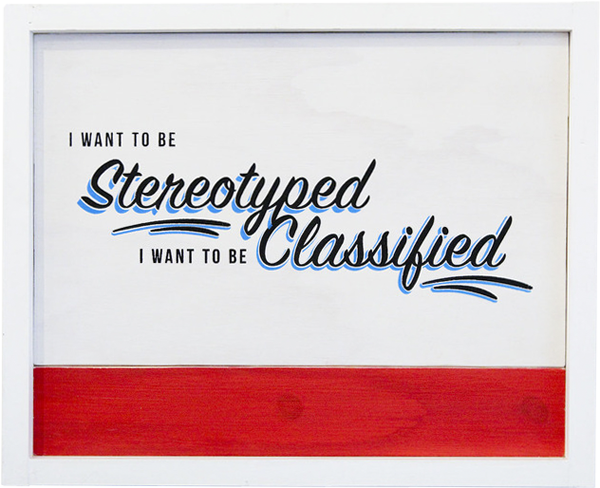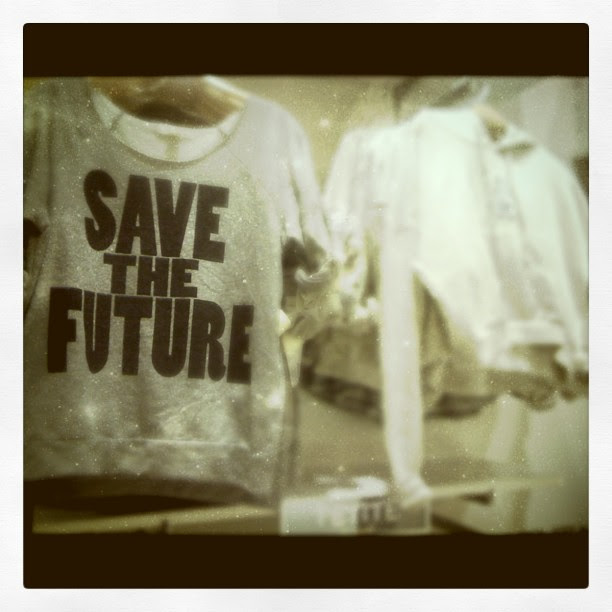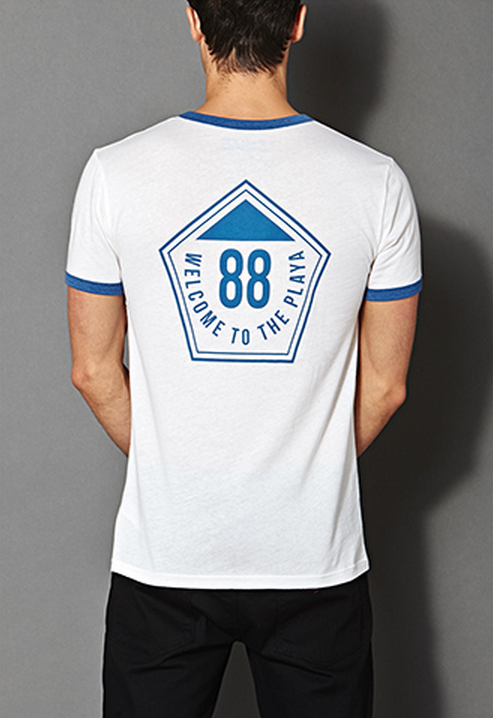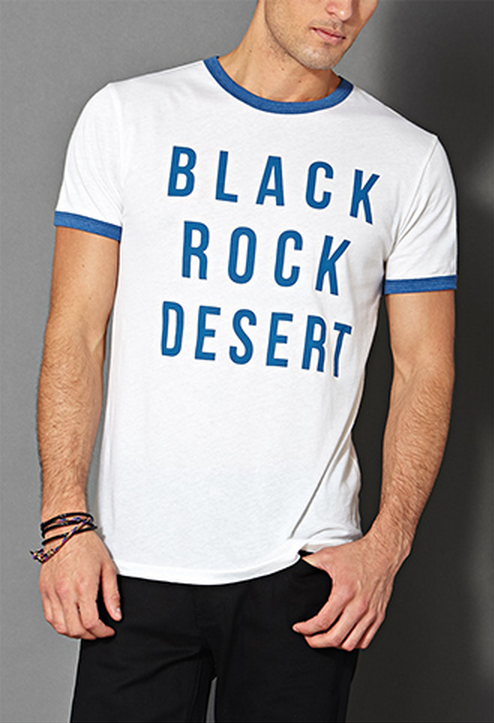
Do you like Reggaeton?
This was a question an old friend asked me while visiting in L.A. We’re both from Boston, where most people have never heard of Reggaeton. And I hadn’t either, until I moved to Southern California.
If you don’t know what Reggaeton is, it’s:
A form of urban music that became popular with Latin American youth in the early 1990s, and, after mainstream exposure in 2004, spread to North American, European and Asian audiences. Reggaeton blends the West-Indian music influences of reggae and dancehall with those of Latin America, such as bomba, plena, salsa, merengue, latin pop, cumbia and bachata as well as that of hip hop, contemporary R&B, and electronica, combined with rapping or singing in Spanish. While it takes influences from hip hop and Jamaican dancehall, it would be wrong to define reggaeton as the Hispanic or Latino version of either of these genres; reggaeton has its own specific beat and rhythm, whereas Latino hip hop is simply hip hop recorded by artists of Latino descent. Reggaeton’s origins represent a hybrid of many different musical genres and influences from various countries in the Caribbean, Latin America and the United States. The genre of reggaeton however is most closely associated with Puerto Rico, as this is where the musical style became most famous, and where the vast majority of its current stars originated.
Here’s an example, Daddy Yankee’s “Rompe”:
I’d heard the term, Reggaeton, out at certain parties in L.A., but I didn’t really know what it was until KXOL-FM relaunched in 2005 as Latino 96.3, bringing the Reggaeton format to the airwaves. After a while, I’d been finding myself stopping the dial scan every so often at 96.3 to catch the end of some song even though I couldn’t understand the lyrics. My answer to my friend at the time was that I didn’t think I’d heard it enough to fully like it yet, but I probably would. It didn’t occur to me until my friend pointed it out, that it was a strange way to respond to a question of music taste.
Not too long after I fist started going to raves, back in high school, I discovered Jungle. If you don’t know what Jungle is, it’s a type of electronic dance music which emerged in the mid 1990’s as an offshoot of the UK rave scene. Encompassing drum and bass, oldschool jungle, and ragga, the genre is characterized by fast breakbeats (typically between 160–190 bpm) and heavy sub-bass lines.
Here’s an example, Aphrodite’s “Bomber Style:”
When I discovered Jungle, I had only just gotten into a relationship with hip hop a few years prior, when I started 9th grade at a public, urban high school, and then fallen into the questionable companionship of entry-level rave trance (a la Paul Oakenfold, etc.), so when I first heard this stuff, it sounded way too fuckin’ cacophanous and chaotic and fast and just plain weird. I distinctly remember a time when I just didn’t get Jungle. I didn’t get how to understand it. I didn’t get how to like it. And I sure as hell didn’t get how to dance to it. Then my best friend at the time, who’d been going to raves before I started, and had once been a ballerina, showed me. You just had to move a different way. You had to get onto a different rhythm. And as soon as I figure it out, I started to really like, and then just completely LOVE Jungle. By the time I’d started hearing Reggaeton, I knew from past experience that if I listened long enough to start to understand the sound, I would come to like it.
It turns out the line between being unfamiliar with something, and not liking it is very slim, indeed. In Blink: The Power of Thinking Without Thinking, Malcolm Gladwell writes about how the Aeron chair, which would eventually redefine the entire office chair category, was originally despised and deemed ugly when it was first market tested. The Aeron was a complete departure from the office chair norm, and didn’t mesh with the prevailing cultural proclivities for seating comfort in general (think: La-Z-Boy recliner). But after two years, the Aeron became the most popular chair in Herman Miller history, and the most widely imitated office chair in general. How did something that was once considered ugly become beautiful?
Gladwell writes:
Office chairs in people’s minds had a certain aesthetic. They were cushioned and upholstered. The Aeron chair of course isn’t. There was nothing familiar about it. Maybe the word ‘ugly’ was just a proxy for “different.” The people reporting their first impressions misinterpreted their own feelings. They said they hated it. But what they really meant was that the chair was so new and unusual that they weren’t used to it…. Buried among the things that we hate is a class of products that are in that category only because they are weird. They make us nervous. They are sufficiently different that it takes us time to understand that we actually like them.
The problem with market research is that often it is simply too blunt an instrument to pick up this distinction between the bad and the merely different.
And perhaps nowhere is that nervousness more acute, or that distinction more obscure than when it comes to music.
In his recent New York Times piece about Pandora, the internet radio application based on the Music Genome Project, which decodes the essential components of songs as though they were bits of genetic information and suggests new music users might like based on strictly auditory criteria, author Rob Walker (whose book, Buying In: The Secret Dialogue Between Who We Are and What We Buy, I’ve written about a quite a bit last year) references neuroscientist Daniel Levitin, author of This is Your Brain on Music:
Much depends on culture. Just as we’re hard-wired to learn a language, but not to speak English or French, our specific musical understanding, and thus taste, depends on context. If a piece of music sounds dissonant to you, it probably has to do with what sort of music you were exposed to growing up, because you were probably an “expert listener” in your culture’s music by about age 6, Levitin writes.
By the time I was six years old, 85% of the music I had heard was classical violin. My mother is a violinist, and when I was younger, performed with many orchestras and symphonies, both in the former Soviet Union, and then in Boston, where I grew up after we emigrated. She has also been teaching violin for longer than I’ve been alive, and as a child the sound violins was so constant and ubiquitous around the house that I developed the capacity, which I retain to this day, to sleep right through an afternoon full of violin lessons going on around me. The other 15% of the music of my early childhood consisted of Russian folk-rock music by the likes of Vladimir Vysotsky (imagine a Russian sort of Bob Dylan — in fact, the genre Vysotsky defined is precisely what Gogol Bordello is currently perpetrating as a zany new indie sound, which I gotta say is pretty freakin’ weird to witness.) I didn’t really start hearing ANYTHING even remotely in the vicinity of contemporary popular American music until I got to the U.S. (by that time I was almost 7), in large part due to the efforts of the Soviet government to achieve that goal.
Anyway, the point is, the music that I was acculturated to became wholly irrelevant in the new culture I found myself in just at the moment when I had become an “expert listener.” When everything sounds dissonant, nothing sounds dissonant. Not any more dissonant than anything else, anyway. I suspect, much in the same way new languages become a lot easier to learn if you’d had to learn a new one when you were little, new music sounds and genres, for me anyway, are a lot easier to learn to understand, and ultimately appreciate because of this history. It’s why the question “What kind of music do you like?” has always made me uncomfortable. I have watched as other people draw on instantly accessible answers, but for me, sentences like “I like hip hop” or “I like electronic music,” have become learned responses, like fragments memorized from a phrase-book for emergencies in a foreign country. The answer to that question is never really about what kind of music you happen to find structurally, acoustically, or thematically appealing, anyway. No, what that question is actually asking is: “What kind of music do your friends like?”
As Walker writes:
It’s the “social” theories of music-liking that get most of the attention these days: systems that connect you with friends with similar tastes, or that rely on “collaborative filtering” strategies that cross-match your music-consumption habits with those of like-minded strangers. These popular approaches marginalize traditional gatekeepers; instead of trusting the talent scout, the radio programmer or the music critic, you trust your friends (actual or virtual), or maybe just “the crowd.”Pandora’s approach more or less ignores the crowd. It is indifferent to the possibility that any given piece of music in its system might become a hit. The idea is to figure out what you like, not what a market might like. More interesting, the idea is that the taste of your cool friends, your peers, the traditional music critics, big-label talent scouts and the latest influential music blog are all equally irrelevant. That’s all cultural information, not musical information. And theoretically at least, Pandora’s approach distances music-liking from the cultural information that generally attaches to it.
One of my co-workers, a married dude, loves the Calvin Harris station on Pandora, which is basically straight up Gay House (that’s Gay House as in the music genre, not the epithet). Were the station defined by its cultural information, as opposed to strictly by sound, it’s much more probable he’d simply assume this wasn’t for him, and not venture any further. Which, as Walker writes, raises some interesting questions:
Do you really love listening to the latest Jack White project? Do you really hate the sound of Britney Spears? Or are your music-consumption habits, in fact, not merely guided but partly shaped by the cultural information that Pandora largely screens out — like what’s considered awesome (or insufferable) by your peers, or by music tastemakers, or by anybody else? Is it really possible to separate musical taste from such social factors, online or off, and make it purely about the raw stuff of the music itself?
What Pandora’s system largely ignores is, in a word, taste. The way that [Pandora founder Tim] Westergren might put this is that it minimizes the influence of other people’s taste. Music-liking becomes a matter decided by the listener, and the intrinsic elements of what is heard. Early on, Westergren actually pushed for the idea that Pandora would not even reveal who the artist was until the listener asked. He thought maybe that structure would give users a kind of permission to evaluate music without even the most minimal cultural baggage. “We’re so insecure about our tastes,” he says.
(Or as Gladwell might put it, “nervous.”)
While his partners talked him out of that approach, Westergren maintains “a personal aversion” to collaborative filtering or anything like it. “It’s still a popularity contest,” he complains, meaning that for any song to get recommended on a socially driven site, it has to be somewhat known already, by your friends or by other consumers. Westergren is similarly unimpressed by hipster blogs or other theoretically grass-roots influencers of musical taste, for their tendency to turn on artists who commit the crime of being too popular; in his view that’s just snobbery, based on social jockeying that has nothing to do with music. In various conversations, he defended Coldplay and Rob Thomas, among others, as victims of cool-taste prejudice.
He likes to tell a story about a Pandora user who wrote in to complain that he started a station based on the music of Sarah McLachlan, and the service served up a Celine Dion song. “I wrote back and said, ‘Was the music just wrong?’ Because we sometimes have data errors,” he recounts. “He said, ‘Well, no, it was the right sort of thing — but it was Celine Dion.’ I said, ‘Well, was it the set, did it not flow in the set?’ He said, ‘No, it kind of worked — but it’s Celine Dion.’ We had a couple more back-and-forths, and finally his last e-mail to me was: ‘Oh, my God, I like Celine Dion.’”
This anecdote almost always gets a laugh. “Pandora,” he pointed out, “doesn’t understand why that’s funny.”
Much as cultural information attaches to music, music attaches information to culture. Piggybacked like parasites onto unwitting sound-waves are all manner of cultural and identity definitions. The “What music do you like?” question is also intended to be responded to as: “What scene are you in?” After all, you don’t just like hip hop or punk or emo, you ARE hip hop or punk or emo. And even with mainstream artists, saying you’re a fan of Garth Brooks or Adam Lambert or Muse or Jay-Z is more than simply giving an example of the sort of musical style you enjoy, it’s an admission of your cultural affiliation, of your individual and social identity.
As Walker writes:
The cliché that our musical tastes are generally refined in our teens and solidify by our early 20s seems largely to be true. For better or worse, peers frequently have a lot to do with that. Levitin recalled to me having moved at age 14 and falling in with a new set of friends who listened to music he hadn’t heard before. “The reason I like Queen — and I love Queen — is that I was introduced to Queen by my social group,” he says. He’s not saying that the intrinsic qualities of the music are irrelevant, and he says Pandora has done some very clever and impressive things in its approach. But part of what we like is, in fact, based on cultural information. “To some degree we might say that personality characteristics are associated with, or predictive of, the kind of music that people like,” he has written. “But to a large degree it is determined by more or less chance factors: where you went to school, who you hung out with, what music they happened to be listening to.”
Basically, what “scene” you were in. And social groups tend to very easily become self-selecting, especially online. In a recent NPR story, “Facebook, MySpace Divide Along Social Lines,” social media researcher danah boyd talks about the findings she’d first brought to light two years ago on the way the online social world is dividing up — just like the real world — into self-segregated communities: “The fact is that young people, and for the most part adults as well, don’t really interact online with strangers. They talk to people they already know. And when you have environments in which people are divided by race, they’re divided by class, they’re divided by lifestyle, when they go online, those are also who they’re going to interact with,” says boyd.
As I have long asserted, myself, from my contrasting experiences in the worlds of independent music and corporate marketing, boyd suggests that one of the reasons so many business analysts are writing off Myspace is because THEY don’t belong to the social groups that use it. “Millions of daily users are still logging in [to Myspace],” she says, “and it’s really interesting how many people in very privileged environments know not a single one of them.”
In his book “The Big Switch: Rewiring the World, from Edison to Google,” Nicholas Carr talks about this exact phenomenon, and sees a far darker possible outcome:
Not only will the process of polarization tend to play out in virtual communities in the same way it does in neighborhoods, but it seems likely to proceed much more quickly online. In the real world, with its mortgages and schools and jobs, the mechanical forces of segregation move slowly. There are brakes on the speed with which we pull up stakes and move to a new house. Internet communities have no such constraints. Making a community-defining decision is as simple as clicking a link. Every time we subscribe to a blog, add a friend to our social network, categorize an email message as spam, or even choose a site from a list of search results, we are making a decision that defines, in a small way, whom we associate with and what information we pay attention to. Given the presence of even a slight bias to be connected with people similar to ourselves – ones who share, say, our political views or our cultural preferences –
(or our musical tastes)
we would end up in ever more polarized and homogeneous communities. We would click our way to a fractured society.
As the entire web becomes one ever-expanding, amoebic social application, it becomes increasingly harder and harder to “log out” of this cultural segregation that seems built in to the very nature digital space. In a recent New Yorker article on Google, Ken Auletta, writes:
The more “personalized” [the consumer data that Google collects each day], as [CEO] Eric Schmidt said, the better the search answers. “The more we know who you are, the more we can tailor the search results.” [Google co-founders, Larry] Page and [Sergey] Brin often say that their ideal is to devise a program that provides a single perfect answer.
This preoccupation with mathematical efficiencies triggers various alarms. In “The Big Switch,” Nicholas Carr writes that Google would like to store as much information as possible about each individual — what might be referred to as “transparent personalization.” This would allow Google to “choose which information to show you,” reducing inefficiencies. “A company run by mathematicians and engineers, Google seems oblivious to the possible social costs of transparent personalization,” Carr writes. “They impose homogeneity on the Internet’s wild heterogeneity…. As the tools and algorithms become more sophisticated and our online profiles more refined, the Internet will act increasingly as an incredibly sensitive feedback loop, constantly playing back to us, in amplified form, our existing preferences.” Carr believes that people will narrow their frame of reference, gravitate towards those whose opinions they share, and perhaps be less willing o compromise, because the narrow information we receive will magnify our difference, making it harder to reach agreement.
As much as there is a conservative pull within us to seek out the familiar and the safe, the example of Pandora shows there is an equally as great liberal a pull to discover and explore the new (altho that balance may be different from one individual to another). There are already so many social sites and applications being developed to enable the former, what we need now are more UNsocial ones. Applications that offer us the opportunity to discover and explore the new and unfamiliar, applications that allow us to confront diversity, and offer us new ways to expand our tastes and define ourselves.




